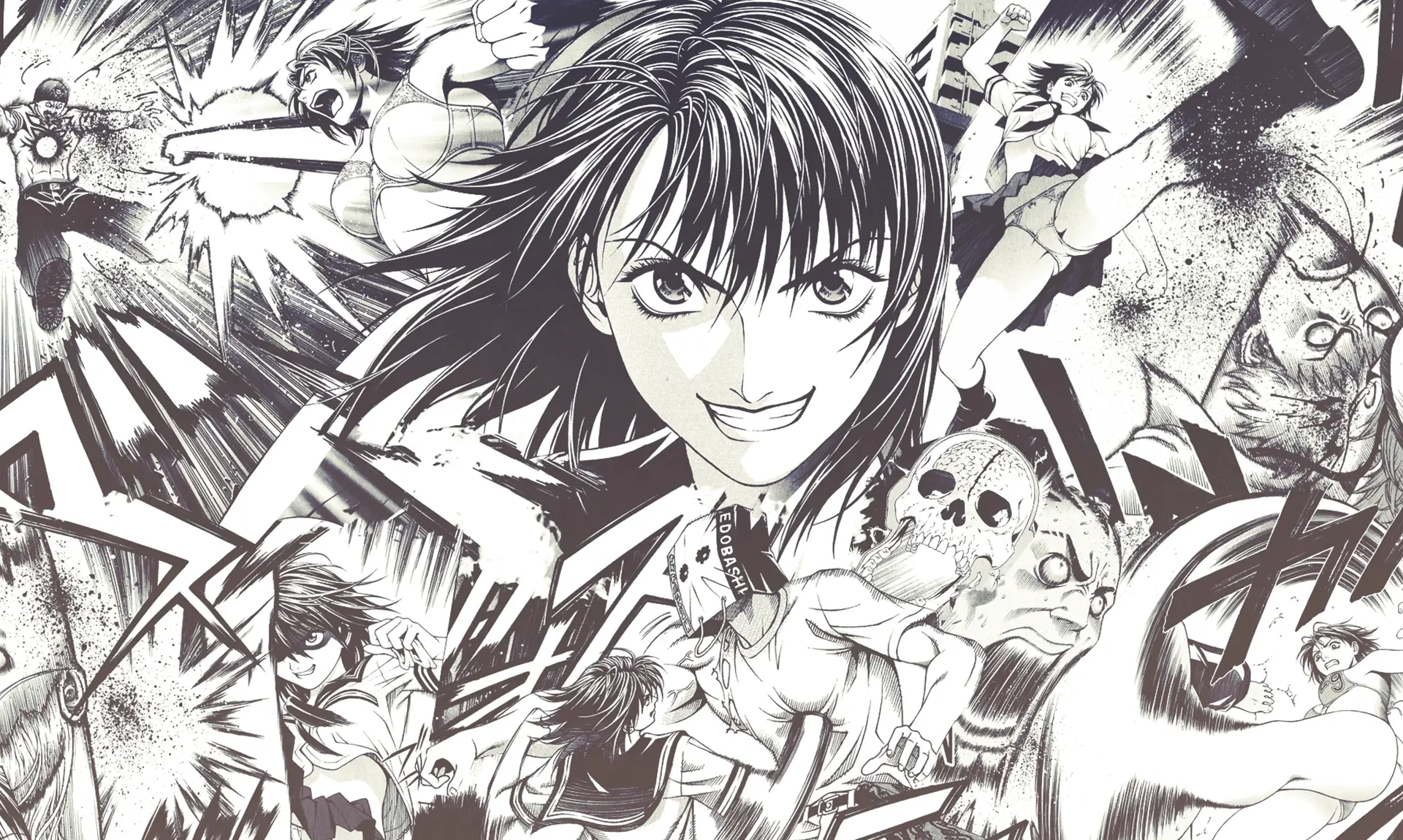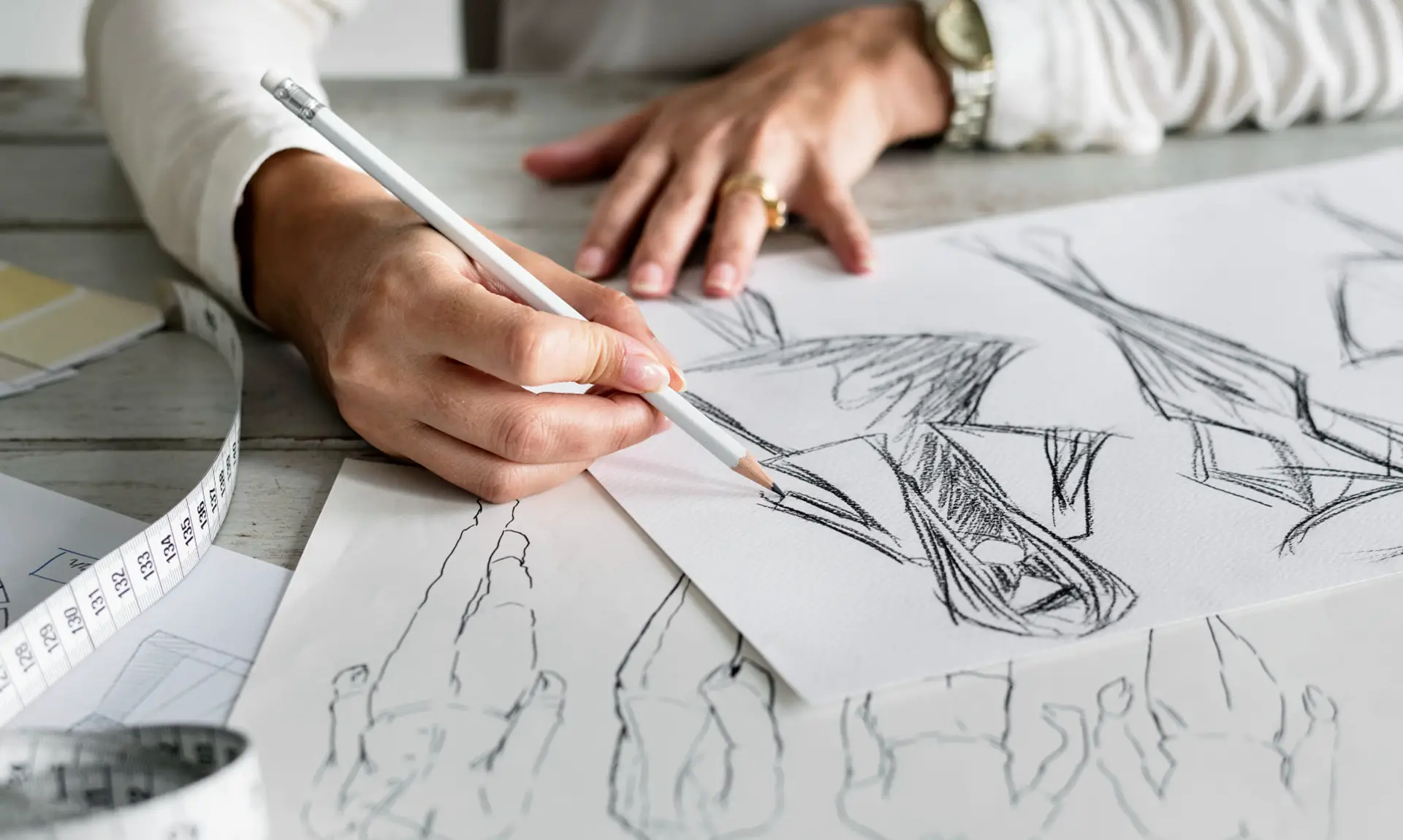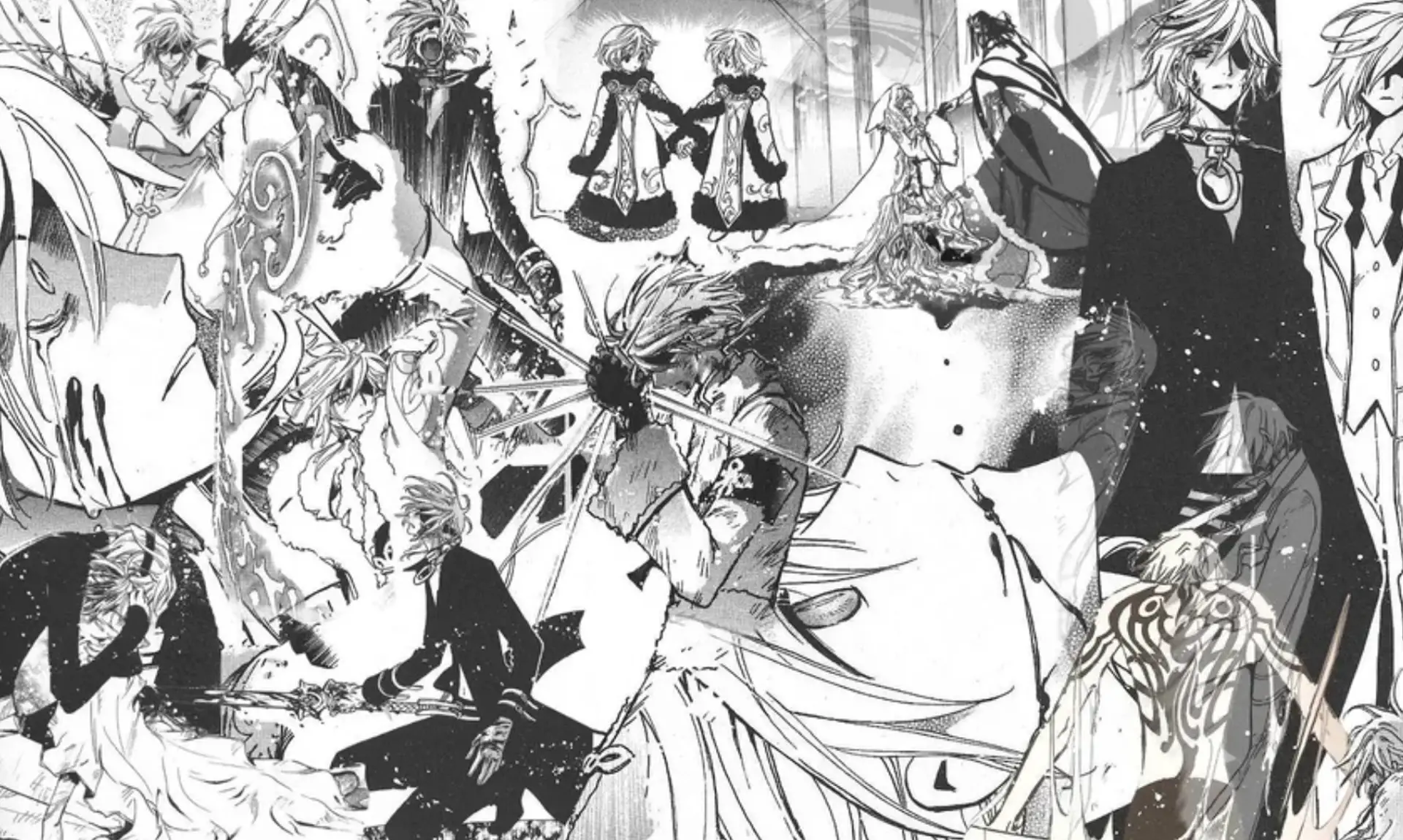Exploring how anime is made reveals an intricate world behind this globally popular art form. This guide highlights the creative processes and unseen challenges in anime production.
How Anime is Made: The Incredible Art and Unseen Challenges in Production
Share this article:
Share this article:
Pre-Production: Planting the Seed of Creativity
Ideation and Concept Development
Every anime begins with an idea. This may be an original concept or derived from existing sources like manga, light novels, or video games. These sources form the foundation upon which the entire anime is built.
- Developing plot outlines
- Establishing character roles and relationships
- Setting the tone and theme of the anime
Script Writing and Storyboarding
The ideation phase paves the way for script writing. This involves converting the original story into a screenplay and setting the animation stage. Following this, storyboarding visualizes the script frame by frame, mapping out the sequence of events in a graphical format.
- Detailed scene descriptions
- Dialogue creation and placement
- Indicating camera angles and movement
This guide to understanding game mechanics further explains the importance of detailed planning in creating compelling narratives.

Character and Environment Design
Anime’s appeal largely lies in its unique character designs and vibrant environments. Artists sketch and refine designs for characters and their surroundings, ensuring consistency and continuity in visual representation.
- Finalizing character outfits and appearances
- Choosing color palettes for characters and scenes
- Detailing environmental aspects for immersive storytelling
Production: The Artistry Unfolds
How Anime is Made: Key Animation and In-Between Animation
Key animation forms the backbone of anime. Artists, known as key animators, draw crucial frames to portray significant points of action or emotion. This painstaking task requires high precision and intense creativity.
- Determining extreme points of action
- Illustrating powerful character emotions
- Displaying essential scene changes
In-between animation fills the motion gaps between keyframes, ensuring a seamless visual transition from one action or expression to another.
- Drawing intermediate frames
- Maintaining consistency in characters and movements
- Ensuring fluid motion transitions
The importance of smooth transitions in gaming can also be appreciated in this analysis of the Xbox game pass.

Layout Design and Background Art
Layout design provides a visual guide for the animation process. It details the positioning of characters, the path of movement, and the camera angles. The creation of background art sets the scene’s mood and adds depth to the story.
- Outlining the scene’s composition
- Creating perspective and depth
- Painting detailed backgrounds for immersive experiences
Digital Animation and Integration of CG Elements
The advent of digital technology has revolutionized anime production. Digital animation software simplifies complex procedures and enhances the overall visual appeal. Similarly, integrating Computer Generated (CG) elements allows for more dynamic and complex scenes.
- Digitally coloring and filling the hand-drawn sketches
- Layering different animation elements for depth
- Adding realistic lighting and shadow effects
The use of CG in anime may stir debates among purists, but its role in bringing complex scenes to life is undeniable. A similar digital transformation can be observed in the gaming industry, as detailed in this article on enhancing your gaming experience with the Xbox console companion app.
Post-Production: The Final Touches
Voice-Over Process and Sound Effects
Voice acting gives life to characters, adding depth to their personalities. Voice artists meticulously match their deliveries to the characters’ on-screen actions and emotions. Additionally, sound effects contribute to the overall atmosphere, providing a more immersive viewer experience.
- Matching voice inflections with character emotions
- Syncing audio with visual cues
- Incorporating mood-enhancing soundtracks and sound effects
Editing and Final Rendering
The final stage of production is editing. This involves syncing the voice-overs, sound effects, and music with the animation, followed by the final rendering. At this stage, quality checks are also conducted to ensure a flawless end product.
- Checking for visual and audio inconsistencies
- Adjusting scene transitions and pacing
- Finalizing color correction and rendering the final product

The Future of Anime Production
Despite its immense popularity, the anime industry faces several challenges. Balancing traditional and digital techniques, adapting to new technologies, and managing stringent production timelines are among the few. However, with the ever-evolving technology and undying passion for the art, the future of anime promises even more innovative storytelling and visually captivating experiences.
- The rising role of AI and machine learning in animation
- Increasing use of virtual and mixed reality in storytelling
- Striving for artistic excellence under strict deadlines
The future of anime and gaming share similar technological advancements. You can explore more about the latest gaming tech in the complete guide to the Xbox Series X.
How much does it cost to make an anime?
How is anime made in Japan?
Once the planning stages are complete, the animation process begins, often involving the use of both traditional and digital techniques. Keyframes (major points of action) are drawn first, followed by in-betweens (frames that create the illusion of motion).
Post-production involves adding voice-overs, sound effects, and background music. Finally, the anime undergoes editing for pacing and timing adjustments. This intricate and detailed process is what gives anime its distinctive and captivating appeal.
What software is used to make anime?
Conclusion
Understanding how anime is made helps us appreciate the tremendous efforts and creative genius behind each captivating scene and endearing character. This complex and painstaking process, underpinned by a seamless blend of tradition and technology, creates a remarkable art form that fascinates and engages audiences worldwide. As we continue to embrace this mesmerizing world, let us not forget the unseen challenges and commend the incredible artistry involved in anime production.



3 Questions To Ask Yourself Before You Buy A Digital Photo Frame
9 Easy Ways To Solve “A Ubisoft Service Is Currently Unavailable” Issue
If Your Servers Are Down Right Now Netflix And Chill Is Not An Option: (7 Strategies)
How to Change Your PSN ID: A Proven Guide(2023)
Master Gaming Lingo: 61 Common Video Gaming Words and Terms to Know
11 Reasons Why Are Bluetooth Speakers So Expensive
Ultimate Guide: How to Chat with Friends on the Xbox Companion App Like a Pro
A Quick and Handy Recap on How to Get PS5 Dev Kit